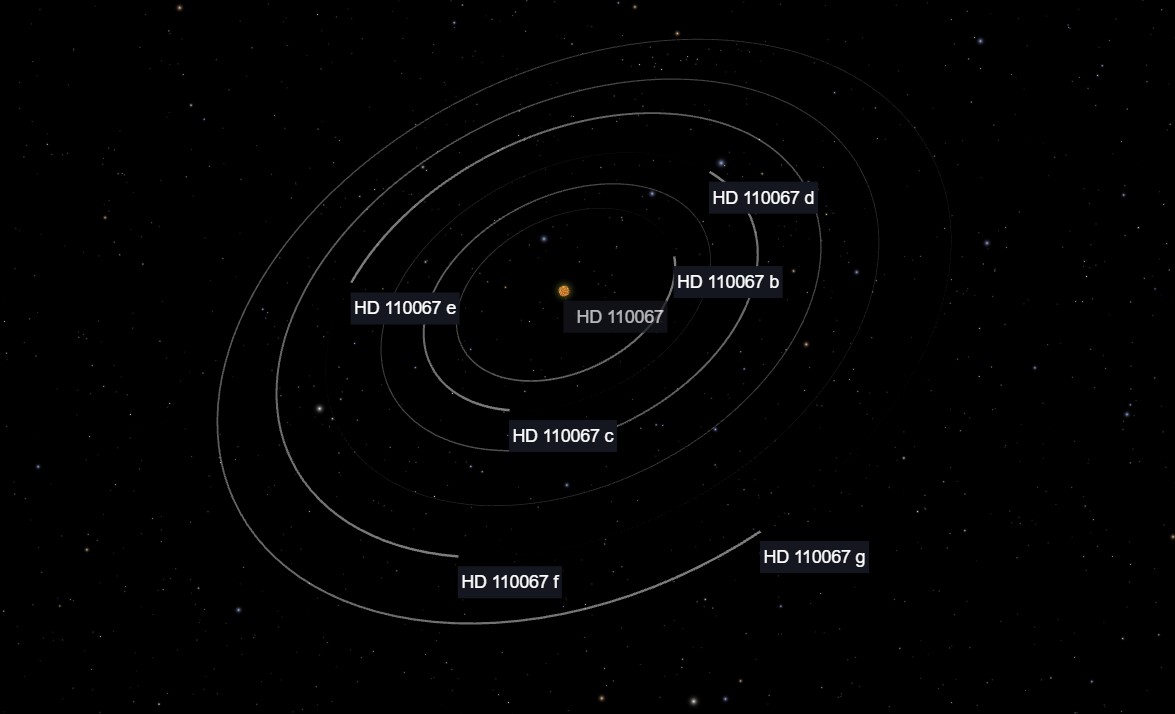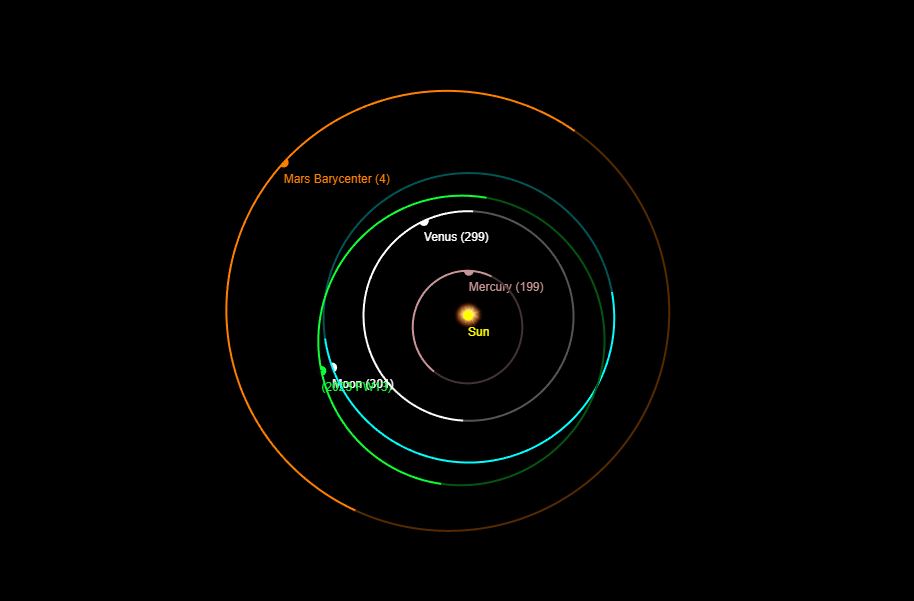The largest black holes have unfathomable masses. A black hole of any size is incredibly massive and dense. Earth would only be an inch (2.5 cm) across if it were hypothetically squashed into a black hole. Nevertheless, there are black holes in the universe that are larger than both our solar system and the enormous Andromeda galaxy.
The gigantic size and mass of these amazing cosmic objects are displayed in NASA’s animation below, which was just made public by the organization’s Goddard Space Flight Center Conceptual Image Lab. The gravitational pull of an object increases with its mass. Even light cannot escape from black holes because of their immense size.
This “new NASA animation highlights the ‘super’ in supermassive black holes,” NASA writes. “These monsters lurk in the centers of most big galaxies, including our own Milky Way, and contain between 100,000 and tens of billions of times more mass than our Sun.”
What does the video show us?
The new NASA animation depicts ten supersized black holes in their host galaxies, including the Milky Way and M87, scaled by the size of their “shadows.” The camera slowly draws out from the Sun as it begins to compare the various solar system structures to ever-larger black holes.
First up is the dwarf galaxy 1601+3113, which is home to a black hole with a mass of 100,000 Suns. The matter is so compacted that the black hole’s shadow is smaller than our Sun.
According to long-term tracking of stars in its orbit, the Sagittarius A* black hole at the center of our own galaxy has the mass of 4.3 million Suns. About half the diameter of Mercury’s orbit in our solar system is covered by its shadow.
The NGC 7727 galaxy has two enormous black holes, which are depicted in the animation. One weights 6 million solar masses and the other more than 150 million Suns, and they are separated by around 1,600 light-years. Within the next 250 million years, according to astronomers, the pair will merge.
The black hole in M87, which has an updated mass of 5.4 billion Suns, is located at the bigger scale of the animation. Even a laser beam moving at 1 billion kph (670 million mph) would take around 2.5 days to cross its enormous shadow.
The last black hole in the movie, TON 618, is one of a few number of extremely far-off and huge black holes for which scientists have precise measurements. This enormous object has a mass of more than 60 billion solar masses and casts a shadow so vast that it would take weeks for a light beam to pass through it.





